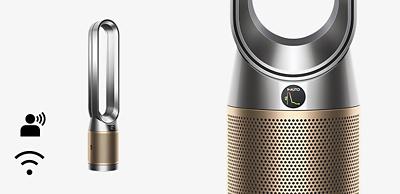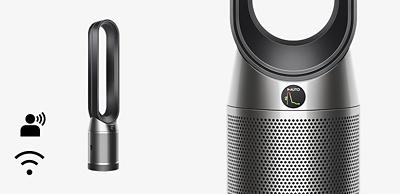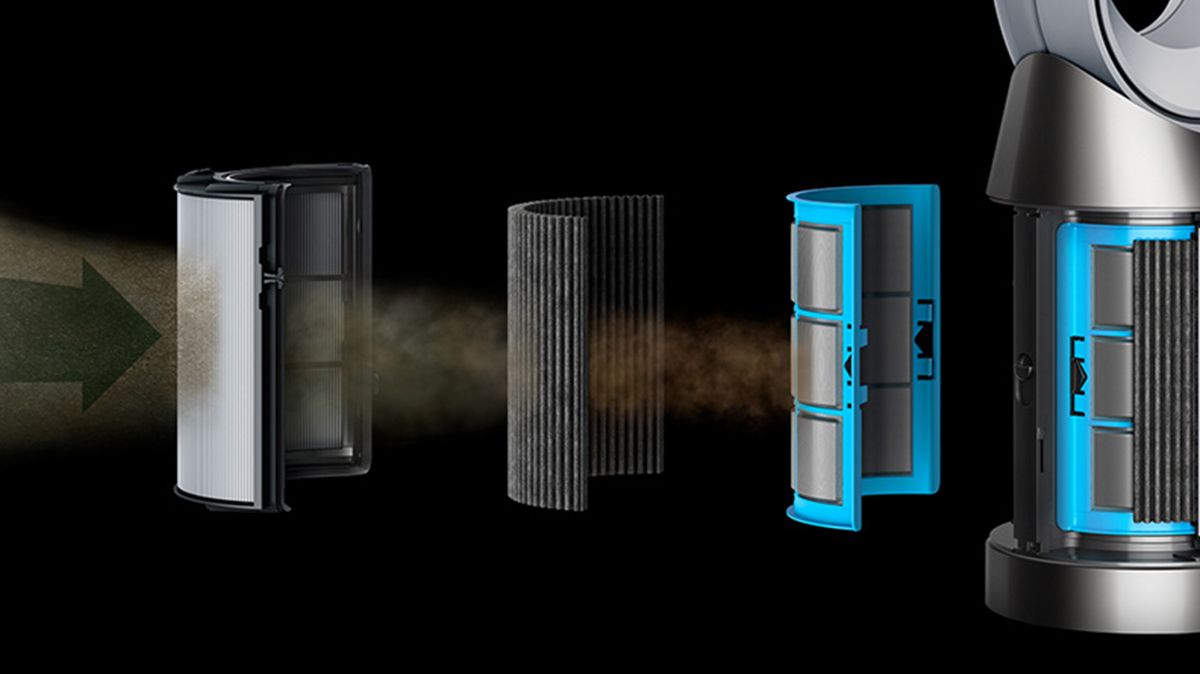Choose your model
-
Powerful circulation to purify the whole room
Only Dyson purifiers have Air Multiplier™ technology, to draw in distant pollutants and project purified air throughout the room.³

We test beyond the industry standard. For real living spaces.
Dyson engineers designed the POLAR test to challenge the industry test standard – measuring filtration, sensing and circulation to ensure the whole room is purified properly.
-

CADR is not a measure of purification performance in a real-size room
28.5m³
Two additional fans boost circulation. Only one sensor measures air quality.
-

Dyson's POLAR test goes further to measure purification throughout a real-size room
81m³
No additional fans. Nine different sensors to measure even-room air quality.
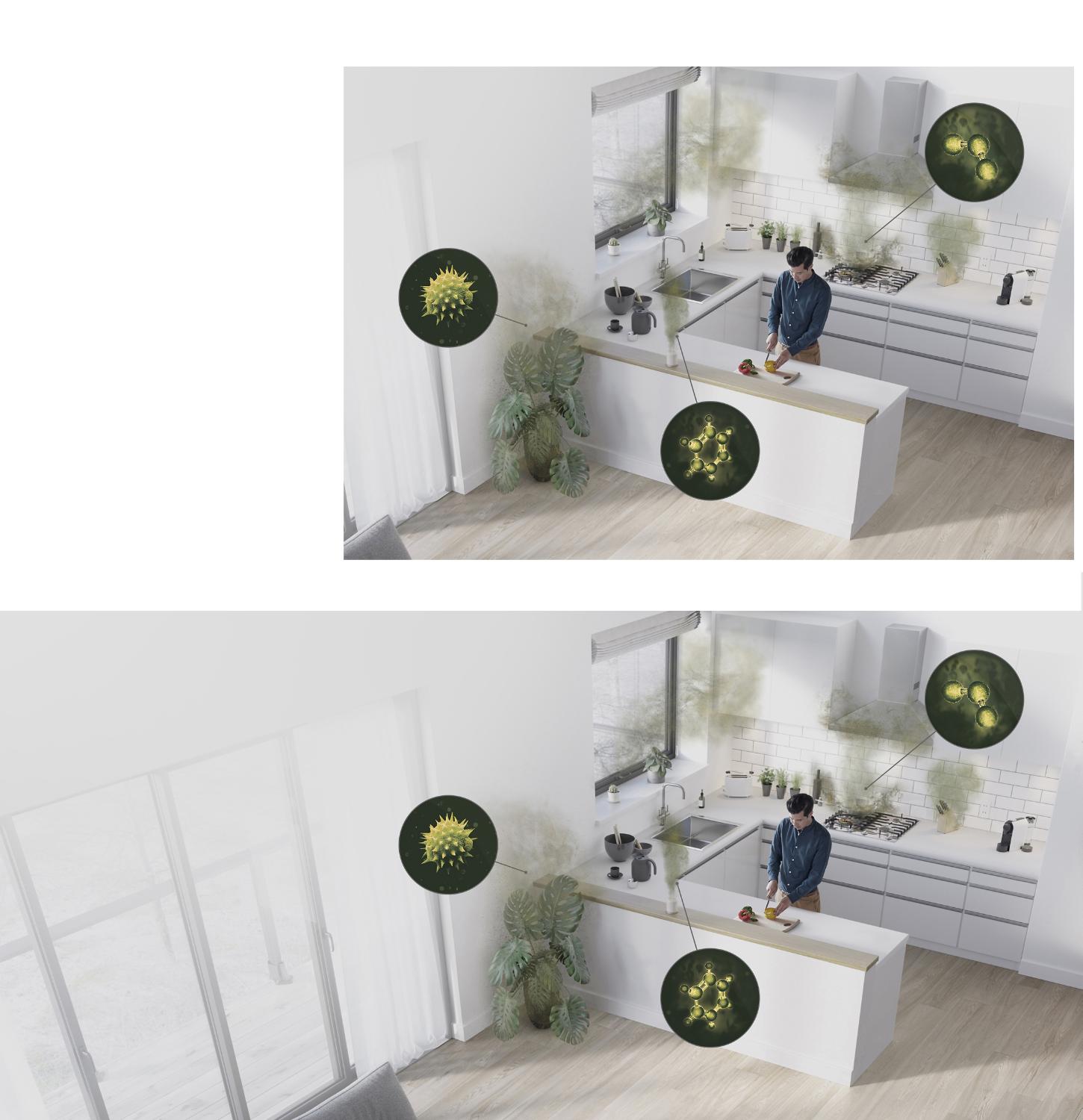
Poor air quality isn't just a problem outside.
It's a problem inside too.
From pets and flowers, to sprays and stoves, our homes can trap pollutants in the air. That's why Dyson purifiers automatically sense and remove them.
-
Common allergens
PM10
-
Bacteria
PM5.0
-
Industrial emissions
PM2.5
-
Fine particles
PM0.3
-
Formaldehyde (HCHO)
Carpets, rugs and flooring
-
Odors
Household fumes and cooking
-
Benzene and VOCs
Cleaning products and candles
-
Nitrogen dioxide
Gas stoves and car exhausts



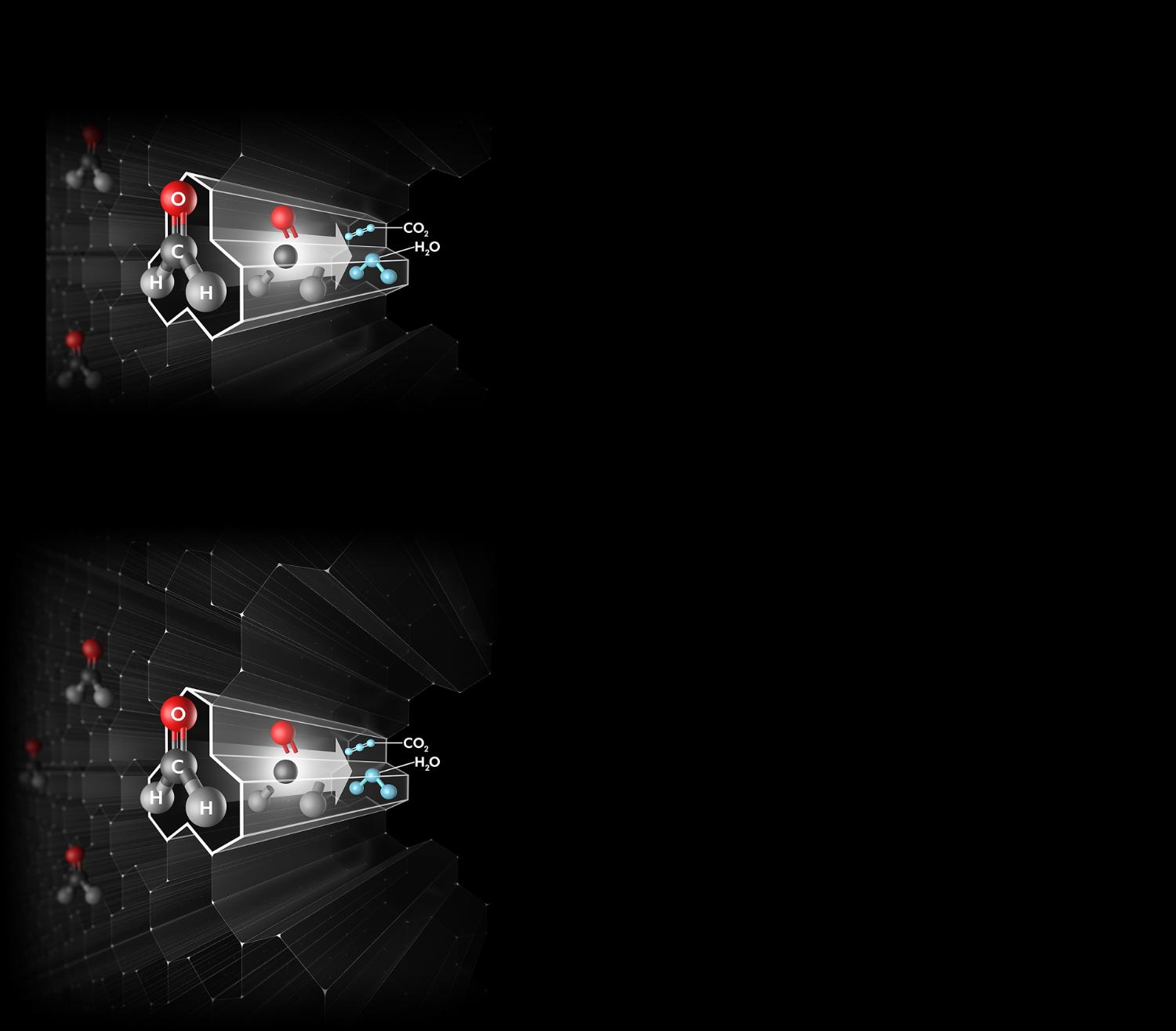
Destroys formaldehyde in billions of catalytic tunnels¹
Dyson's unique catalytic filter continuously traps and converts formaldehyde into water and CO₂. And it self-regenerates, so it never needs replacing.¹

The purifier is fully sealed - so what goes inside, stays inside
Three phases of purification sit within our fully-sealed filtration and airflow system. To trap pollutants inside, removing them from the air you breathe.
Additional features
-

Diffused mode. Purifies without cooling you.
Airflow is diverted through the back of the machine, maintaining effective purification.
-

20% quieter
Acoustically engineered to reduce turbulence, so it's 20% quieter than the previous model.
-

Easy filter care
The catalytic filter never needs replacing. And when you need a new HEPA+Carbon filter, the MyDyson app⁵ lets you know.
-

Night mode
For lighter sleepers, it monitors and purifies using the quietest settings along with a dimmed display.
-
Frequently asked questions
What's new about the Dyson Purifier range and how is it different to other purifiers?
Dyson engineers are perfectionists. Channelling our relentless dissatisfaction, we have re-engineered the Dyson Purifier range to be our first fully sealed purifiers. To trap pollutants inside, removing them from the air you breathe.
What is different about the Dyson Purifier Formaldehyde range?
The Dyson Purifier Cool Formaldehyde has all of the capabilities found in our advanced purification products but goes a step further to detect and destroy formaldehyde. An added solid state-sensor precisely detects formaldehyde, while our catalytic filter breaks it down into two safer molecules – carbon dioxide and water.
What is formaldehyde and what are its common sources?
Formaldehyde is a polluting gas formed of carbon, hydrogen and oxygen that is commonly found in homes. Common sources of formaldehyde in your home could be: paint and varnishes, air fresheners, mattresses, furniture, household cleaners, carpets, particleboard and plywood, electronics, dryer sheets, nail polish remover, moth balls, toys, fireplaces and wood burning stoves.
How often should I replace my filter?
We recommend replacing the HEPA+Carbon filter every 12 months. That's because over time, filters can get clogged with pollutants, and even let unpleasant odours back into the room. The machine will alert you when it’s time to change filters. A filter life reading can be found on the LCD screen and via the Dyson Link app. The catalytic filter never needs replacing.
-
Replacement filter
Get more from your Dyson with the MyDyson™ app*
-
Control air quality, wherever you are
Control your air purifier from anywhere with your smart device, whether you’re traveling, at work, or simply at home on the sofa.
-
Monitor air quality. View reports, fast.
Monitor indoor and outdoor air quality from your smart device. See your machine’s activity as well as temperature, humidity, and filter reports.
-
Automated filter alerts
You’ll never need to worry about when to replace your filter. We’ll let you know. Helping your machine to always perform at its best.
*The MyDysonTM app is only compatible with select Dyson products. For a list of compatible products, please click here.
¹ Third party full machine testing based on GB/T 18801-2015 formaldehyde cumulative clean mass testing with continuous injection until plateau of formaldehyde CADR is achieved. Results may vary in practice.
² Whole machine tested by independent third-party laboratory Airmid (Ireland) in 28.5m3 test chamber pre-conditioned to 20±3C and RH 50±5%. Influenza A (H1N1) aerosolised in the test chamber and airborne concentration observed for the duration of 60 minutes under maximum Fan speed. Dyson Purifier achieved [99.95%] efficacy but real life efficacy may differ depending on actual environment and Fan speed. Tested on Influenza A (H1N1) only.
³ In maximum setting. Tested for air projection, purification coverage in a 2860ft³ room.
⁴ Gas capture rates may vary.
⁵ Requires device to run app, Wi-Fi or mobile data, Bluetooth 4.0 support, and iOS version 10 or Android version 5 (or above). Standard data and messaging rates may apply. App control doesn’t apply to heating.
⁶ Refer to the MyDyson app for compatible voice services.
⁷ Fan not air conditioning unit.
* Dyson purifiers were challenged with airborne influenza A (H1N1 virus), MS2 bacteriophage at an independent lab, using a 30 m3 chamber. After 60 minutes at maximum fan speed, the airborne concentration in the chamber was reduced up to 99.9 %. Real-life efficacy may vary.
** Dyson purifiers were challenged with airborne SARS-CoV-2 (the virus that causes COVID-19) at an independent lab, using a 0.37 m3 chamber for 90 seconds. Dyson Purifiers were also challenged with Phi-6 bacteriophage (a surrogate to test SARS-CoV-2) at an independent lab, using a 30 m3 chamber. After 90 minutes at maximum fan speed, the airborne concentration in the chamber was reduced by 99.9 %. Real-life efficacy may vary.
Apple and the Apple logo are trademarks of Apple Inc., registered in Canada and other countries.
App Store is a service mark of Apple Inc., registered in Canada and other countries.
Google Play and the Google Play logo are trademarks of Google Inc.
*Terms and conditions apply. Click here to see full terms and conditions.



